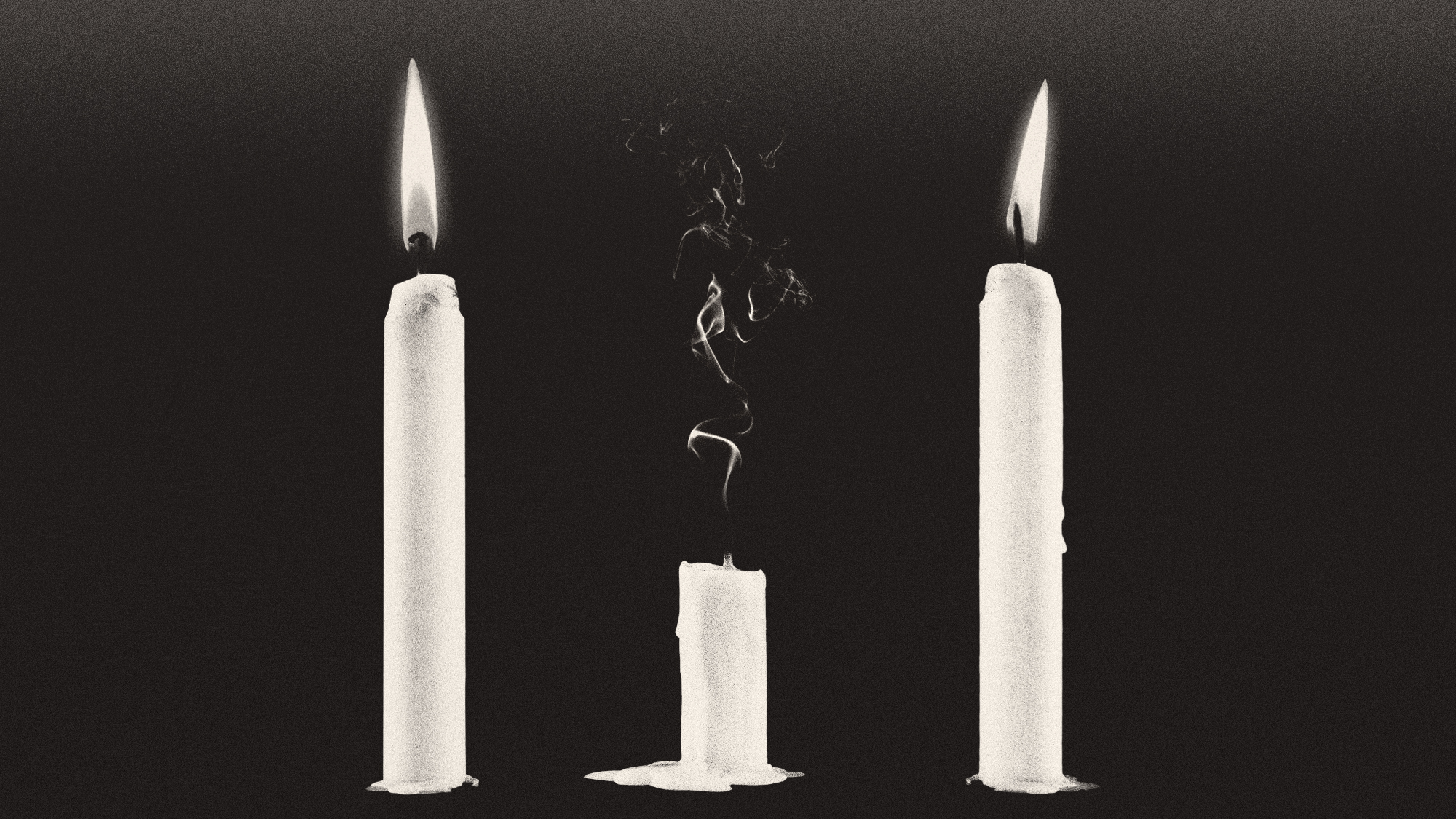1929: ‘work of true scholarship’ offers insight into devastating Wall Street crash
Full of ‘true-crime thrills’, Sorkin’s book is a ‘blow-by-blow’ account of the crisis
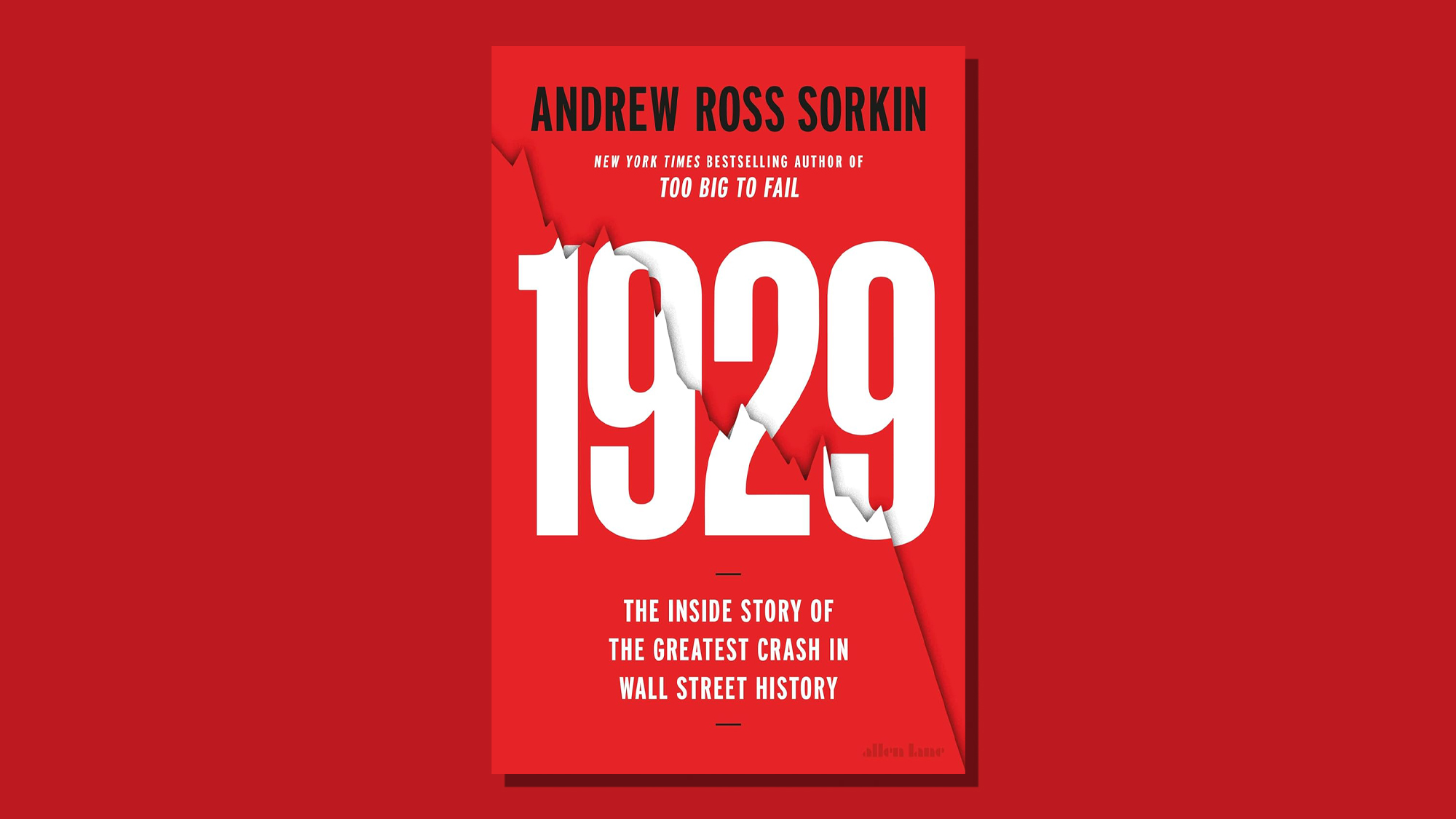
With “Too Big to Fail”, Andrew Ross Sorkin “defined the story of the 2008 financial crisis”, said Pratinav Anil in The Times. Now he has turned his gaze to an “earlier frenzy of leverage and illusion”: the Wall Street crash of 1929.
In the 1920s, with liquor outlawed, speculation became America’s “legal intoxication”. Financial regulation was lax – “insider trading was not a crime but a craft” – and debt was the “new gospel”. Key to Sorkin’s “blow-by-blow” account is a “gallery of finely drawn pen portraits”. We meet the “whip-smart” trader Jesse Livermore, who made “pots of money” shorting the market on 24 October – “Black Thursday” – only to “lose it all betting against the recovery”; the “folksy Southern Democrat” Carter Glass, the “presiding spirit behind” the 1933 Glass-Steagall Act; and even Winston Churchill, who was visiting New York in October 1929 and saw a man fling himself from his hotel window. If Sorkin’s concern for human drama makes his book seem superficial at times – he largely steers clear of “complicated explanations” – it is nonetheless “pacy” and enjoyable.
It certainly delivers plenty of “true-crime thrills”, said Zachary D. Carter in The New York Times. We learn all about the “outrageous pump-and-dump schemes”, in which bankers sold stocks to one another at inflated prices, encouraging speculators to “pile on”, before selling out and leaving the “suckers holding the bag”. There’s New York Stock Exchange president Richard Whitney, who extolled his employer as a “perfect institution”, while embezzling “more than $1m of securities to fund a life of country estate fox hunting”. Inevitably, Sorkin’s cast is “almost all-male”, said Piers Brendon in Literary Review, but there’s one entertaining exception. Evangeline Adam, an astrologer, “made a mint” advising Charlie Chaplin and others to buy shares based on their zodiac signs, but lost $100,000 on Black Thursday.
The Week
Escape your echo chamber. Get the facts behind the news, plus analysis from multiple perspectives.

Sign up for The Week's Free Newsletters
From our morning news briefing to a weekly Good News Newsletter, get the best of The Week delivered directly to your inbox.
From our morning news briefing to a weekly Good News Newsletter, get the best of The Week delivered directly to your inbox.
Sorkin doesn’t neglect the “ugly aftermath” of the crash, when “panic moved from Wall Street to Main Street”, said Andy Haldane in the Financial Times. He documents the slide into the Great Depression of the 1930s, when unemployment rose above eight million and shanty towns, nicknamed “Hoovervilles” (after President Herbert Hoover), sprang up across America. The product of eight years of meticulous research, this book is a “work of true scholarship”. “A people’s tragedy told through the lens of the leading players”, it is sure to be considered one of the best books in the “Great Crash/Depression genre”.
A free daily email with the biggest news stories of the day – and the best features from TheWeek.com
-
 The best homes of the year
The best homes of the yearFeature Featuring a former helicopter engine repair workshop in Washington, D.C. and high-rise living in San Francisco
-
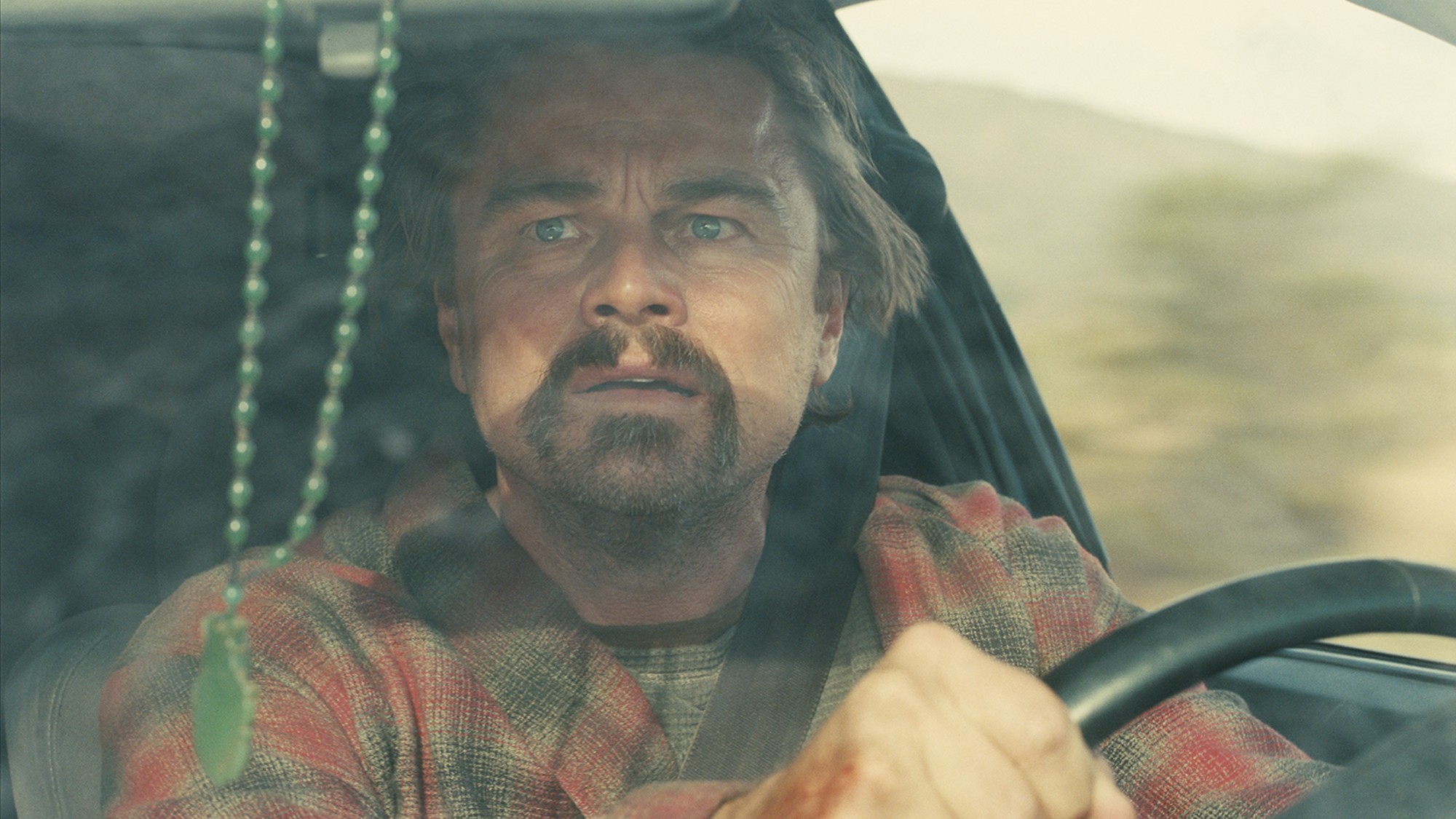 Critics’ choice: The year’s top 10 movies
Critics’ choice: The year’s top 10 moviesFeature ‘One Battle After Another’ and ‘It Was Just an Accident’ stand out
-
 A luxury walking tour in Western Australia
A luxury walking tour in Western AustraliaThe Week Recommends Walk through an ‘ancient forest’ and listen to the ‘gentle hushing’ of the upper canopy
-
 Joanna Trollope: novelist who had a No. 1 bestseller with The Rector’s Wife
Joanna Trollope: novelist who had a No. 1 bestseller with The Rector’s WifeIn the Spotlight Trollope found fame with intelligent novels about the dramas and dilemmas of modern women
-
 Appetites now: 2025 in food trends
Appetites now: 2025 in food trendsFeature From dining alone to matcha mania to milk’s comeback
-
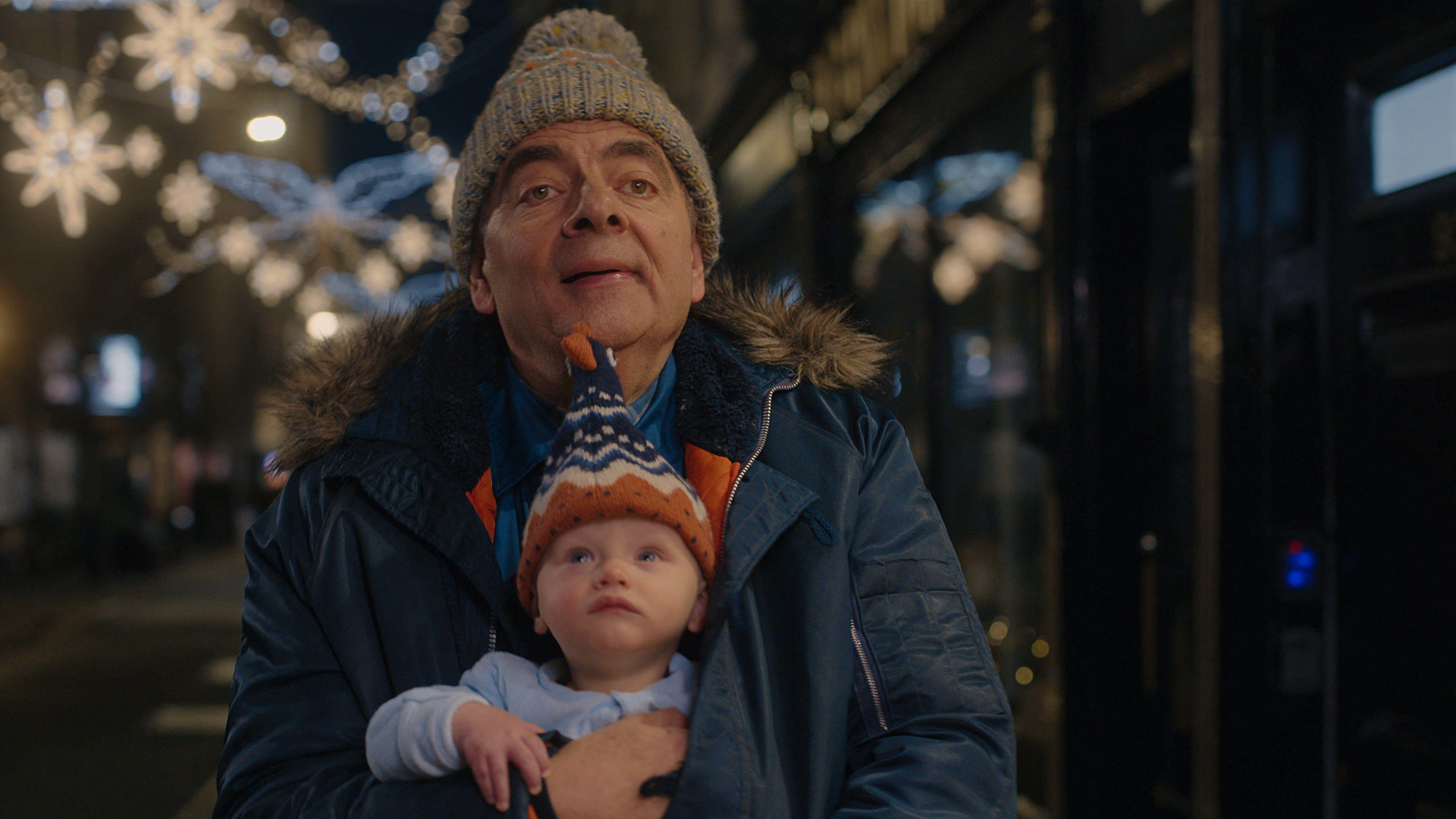 Man vs Baby: Rowan Atkinson stars in an accidental adoption comedy
Man vs Baby: Rowan Atkinson stars in an accidental adoption comedyTalking Point Sequel to Man vs Bee is ‘nauseatingly schmaltzy’
-
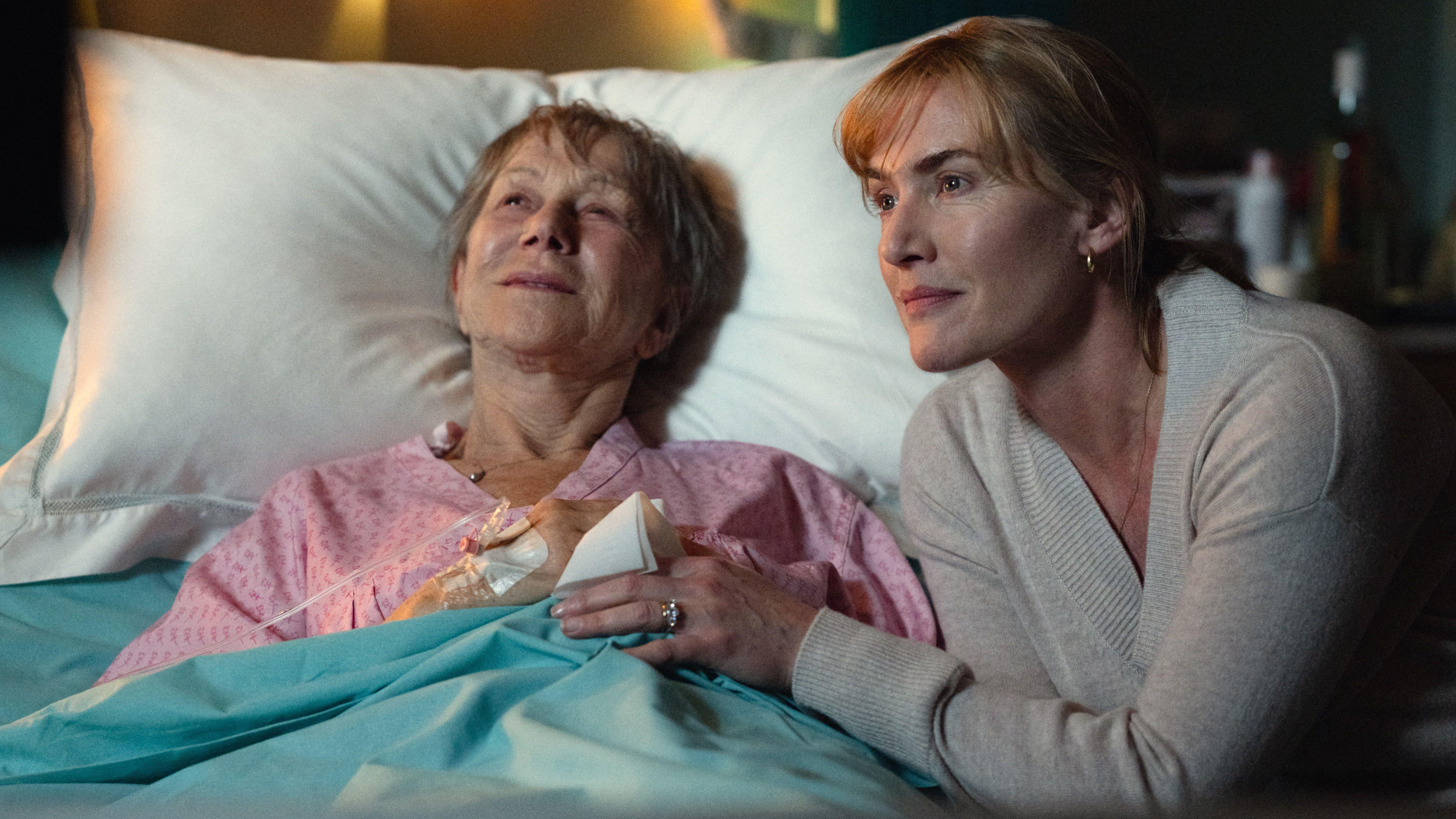 Goodbye June: Kate Winslet’s directorial debut divides critics
Goodbye June: Kate Winslet’s directorial debut divides criticsTalking Point Helen Mirren stars as the terminally ill English matriarch in this sentimental festive heartwarmer
-
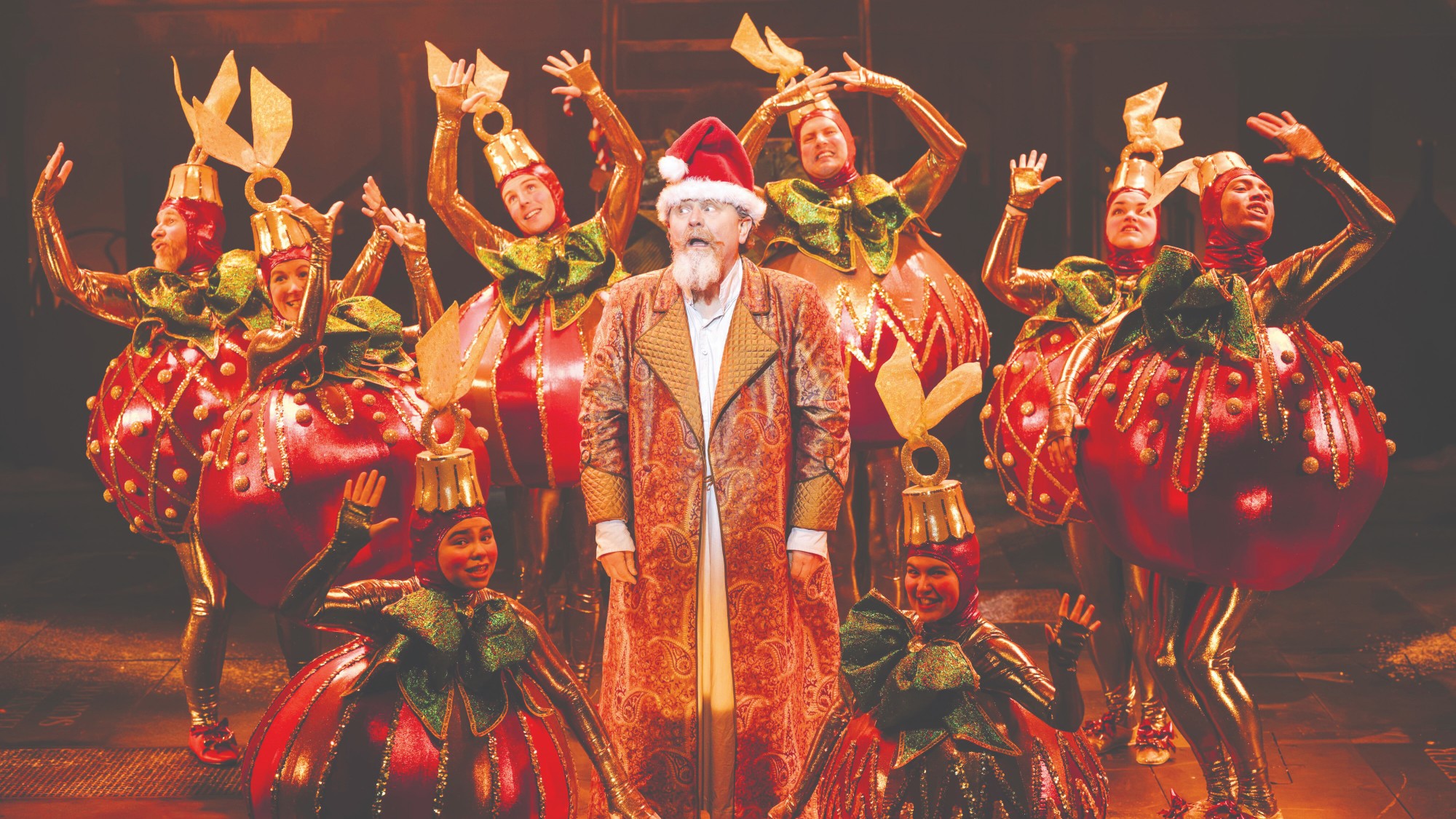 A Christmas Carol (or two)
A Christmas Carol (or two)The Week Recommends These are the most delightful retellings of the Dickens classic from around the country
